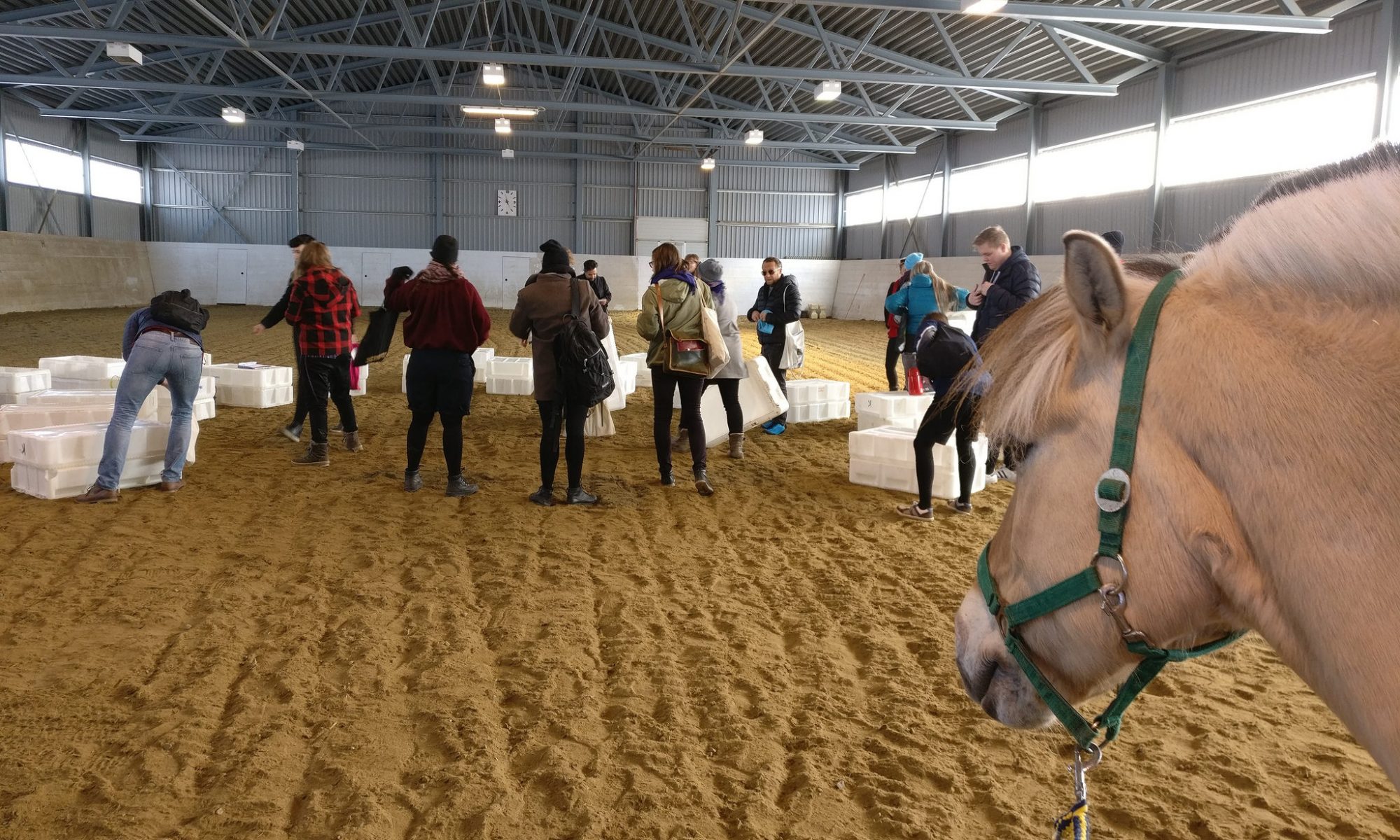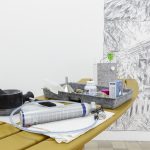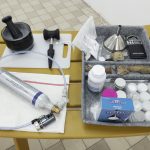This text was published in the recently launched “Performance Art in Practice – Pedagogical Approaches” (2022, Worthwise) Aapo Korkeaoja (edit.). The book offers 9 approaches for teaching performance art by different authors. My text is built on experiences teaching at the Kankaanpää Art School. The publication offers insights to performance-teaching by Tuomas Laitinen, Aapo Korkeaoja, Annette Arlander, Pilvi Porkola, Pia Lindy, Jussi Matilainen, Leena Kela & Tero Nauha. I’m flattered to be included in this bunch and I particularly enjoy Pilvi’s writing! The book is illustrated by Katriina Sjöblom. I like that it includes both practical exercises and the philosophy behind the teaching. My submission was originally written in 2019 but it some acuteness to it. The intuitive teaching manner I present as a dream in the text is now fully employed as a praxis.
I have always had issues with authority. This family tradition was passed on to me by my mother. I get offended when people tell me what to do and for this reason studying has been and still is challenging. Luckily Finland is a welfare state, and in the nineties primary school teachers were idealistic. They believed that everyone is good at something and their trust convinced me that my dissident attitudes would find acceptance in the field of art.
I try to pass on similar hopefulness when I get the opportunity to teach. In the past I’ve attempted to assert control over creative processes and I’m learning to get more comfortable with uncertainty. I fear that open processes end up strengthening existing ideas and do not enforce change, which I think is mandatory for combating the hostility of present societies.
To identify subtle changes which manifest in creative sessions, I have called for the meticulous documentation of events and ideas which emerge during a course. I now fear that the detailed study journals we write with students, take on an authoritarian role and steer the course on their own. To counteract this, I have begun to rely on intuition. Can intuition serve as a benign, anti-authoritarian force?
Continue reading “Performance Art as a Craft of Dissidence (2022)”




